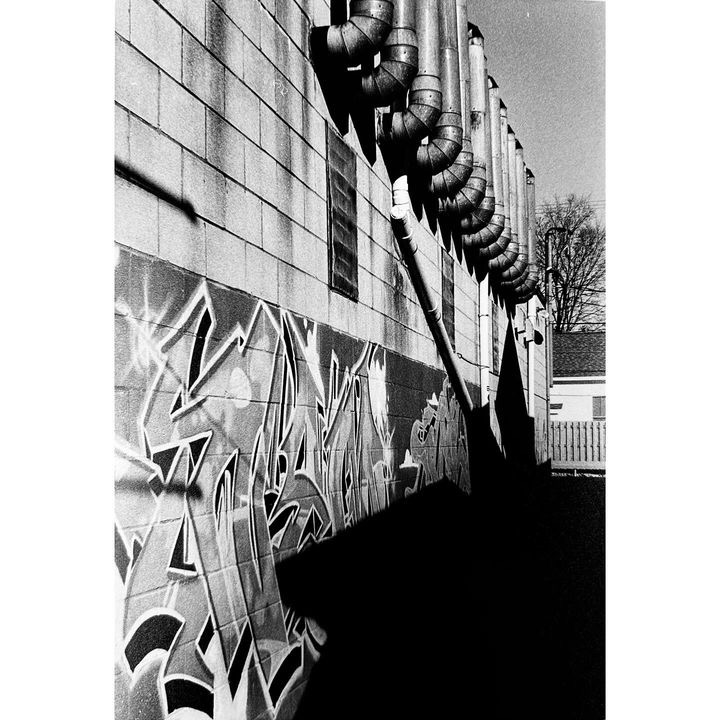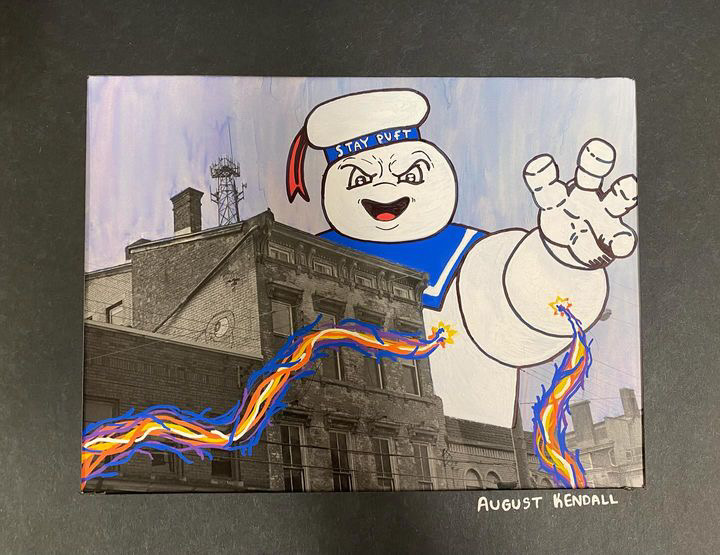WHHS, known for their unique curriculum, offers classes that standard schools typically don’t offer, giving students a more rounded education. One of these classes is film photography.
Film photography is a traditional black and white film class. Students learn how to use a 35-millimeter single-lens reflex camera, then process and develop their film and negatives. They then use photo enlargers in a dark room to make prints.
Throughout the course, students learn the artistic aspects of photography. They learn about lighting, subject matter, composition and enhancing photos. Lana is an organization that helps support classes such as film photography at WHHS.
“It’s definitely niche, and I hope that Lana continues to have the program because it, for many students, is not only magical, but the tactile rawness of the film is just very real to them,” Elizabeth Knodle, film photography teacher, said.
Students also learn to enjoy the delicate process of film and the idea that a change in one step of the process could affect the outcome of the quality of their photographs.
“The most challenging part is probably when you learn you have to set up your pictures a certain way,” photographer August Kendall, ‘25, said. “If they don’t turn out well, then you have to start all the way over. You just have to take your time on it.”
The film photography process is intricate and takes patience but pays off in the end. Kendall explained how this challenge was one of the enjoyable parts of the experience, compared to the normal process of clicking a button with a digital camera.
“I like the process more,” Kendall said. “It makes it feel more rewarding at the end when you’ve gone through everything and it turns out good. And instead of just taking a picture, it’s just done.”

The semester class counts as an art credit and also teaches students the science behind how a camera works.
“We really break it down by using a simple pinhole box camera in the first weeks of school so students understand the concepts of light, light-sensitive materials, and how you have to find a very specific correct time to capture an image,” Knodle said. “We also have to really learn and understand that because it’s science, it cannot be erased or painted over the way a drawing or painting can.”
On other days, including times when the darkroom is full, students are introduced to alternate projects, such as photograms, collages and artist research assignments. They also research the history of photography and how it has evolved over the years.
“I would recommend it,” Kendall said. I think it’s a great opportunity to learn about the process of photography and how it can affect your life. I also think Ms. Knodle is a great teacher.”
The class introduces a variety of tools and skills that will help students thrive, even in the aspects of the real world.
“Photography can be transferred to all areas of life; I think that students are able to learn about composition and the elements of art that can go into anything,” Knodle said. “I also think that it can transfer to a general observation of the world around them, which can benefit not only their personal perspectives on life [but also] how to use that to create a voice for change.”



